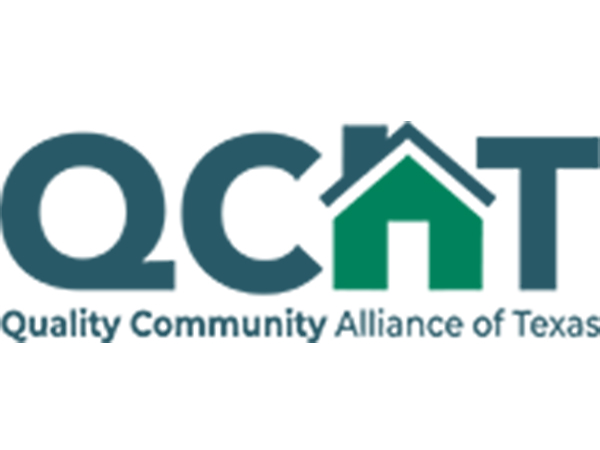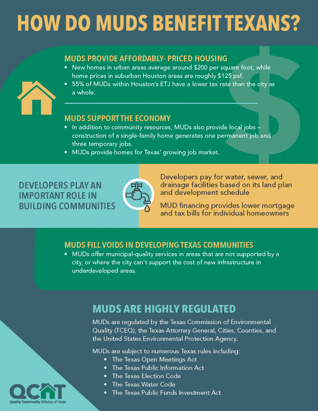

The facility features an activated sludge process system. Additionally, the facility is equipped with an emergency standby diesel generator.
EHRA conducted a traffic engineering study to identify the impacts of a proposed master development located near the intersection of FM 1488 and Peoples Road in the City of Conroe.
Identified as a top priority during the development of the District’s Parks Master Plan, this portion of trail was the first phase of over two miles of planned trails to provide connectivity and recreation for District residents.
EHRA was selected by the client to provide engineering design and to serve as District Engineer for the 2,400 acre Towne Lake Development. Our survey department retraced the overall boundary and performed a topographic survey of the site.
EHRA offered its Landscape Architectural services to complete a Parks and Trails Master Plan for the District.
What exactly is a MUD? A Municipal Utility District (MUD) is a governmental entity created to provide residents with affordable priced housing, reliable infrastructure, and quality communities. MUD’s are composed of a five-member board, first selected by the TCEQ then later, members of the community. There are 958 MUDs in the Houston and Greater Houston area. There are 3 primary functions of a MUD: 1) water 2) sewage, and 3) drainage.
Quality Community Alliance of Texas (QCAT) offers resources to the public that educate, clarify and communicate the roles, functions and benefits of Texas utility districts, and how they enhance the quality of life for residents in their communities. EHRA is a proud to be a member of QCAT. To learn more to or to become a member of QCAT, please visit https://qcatexas.com/.


